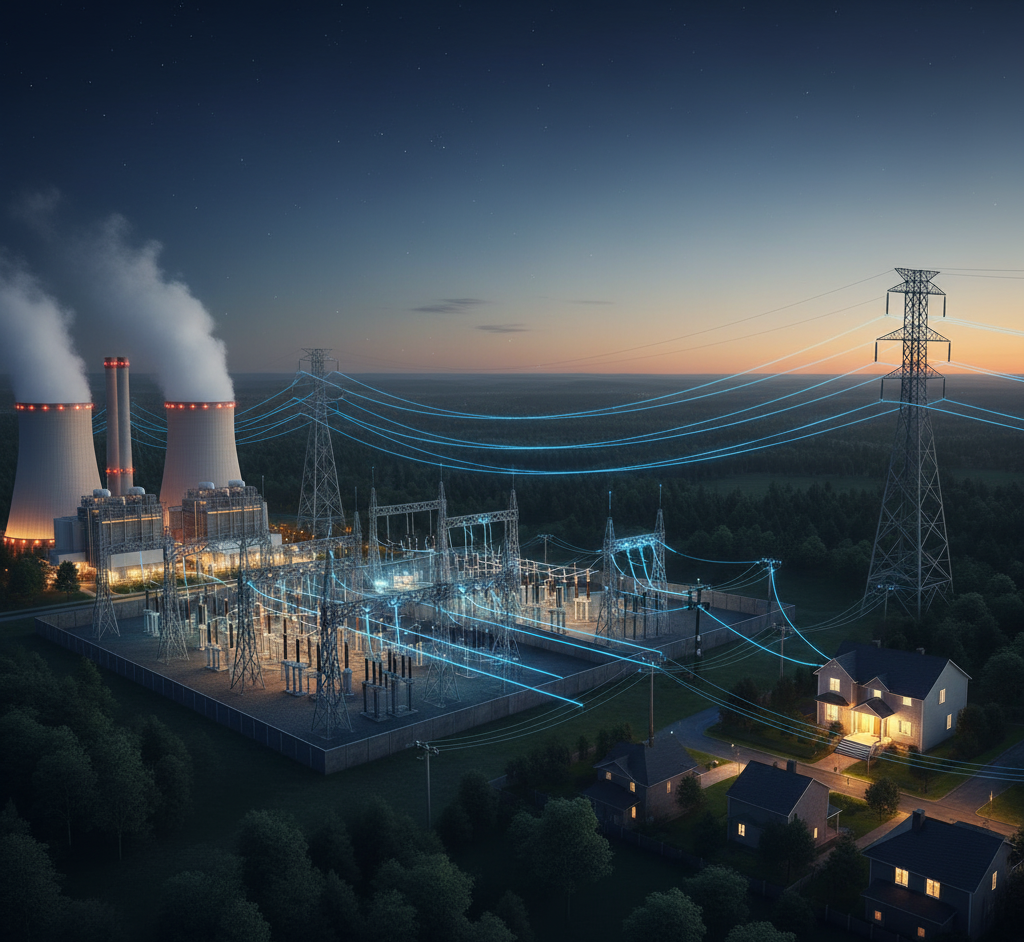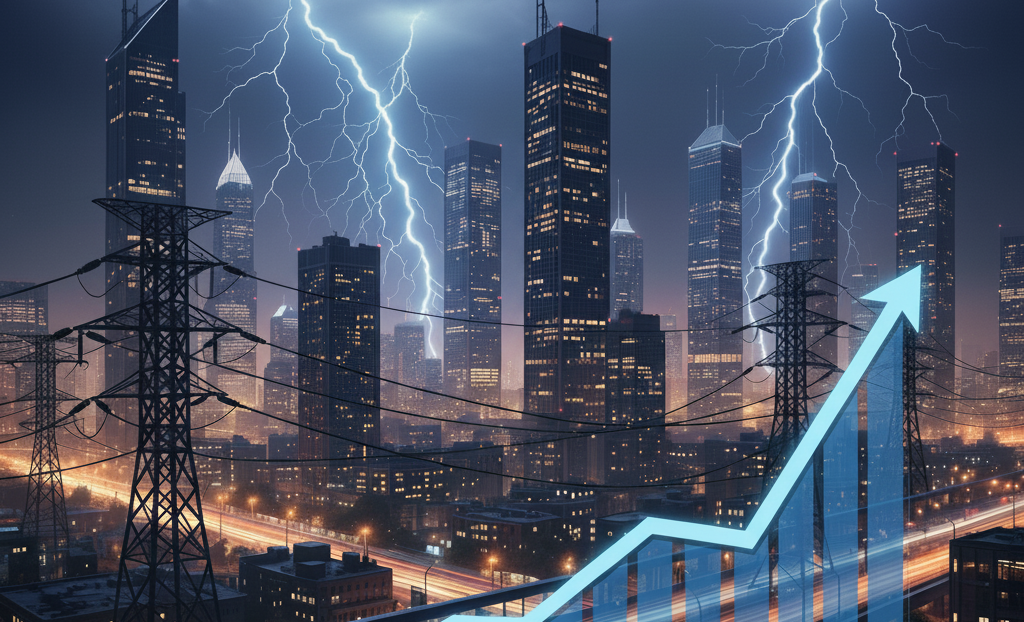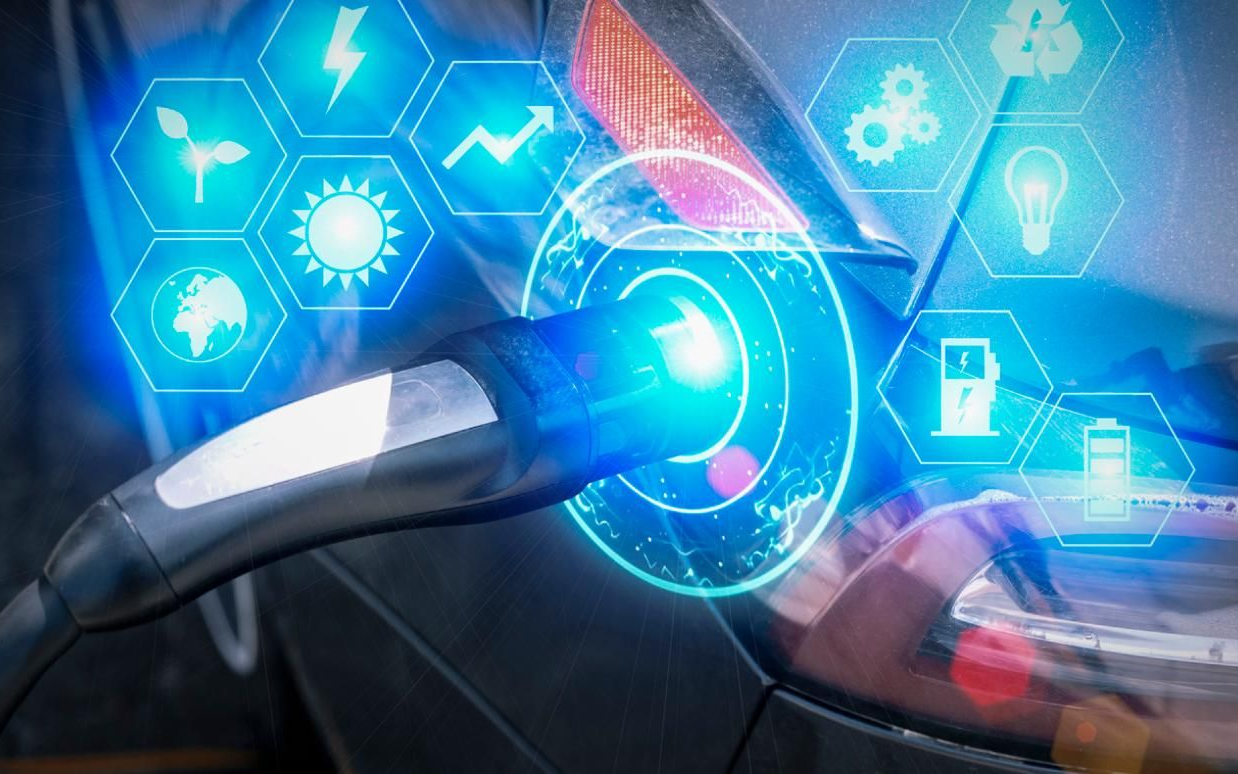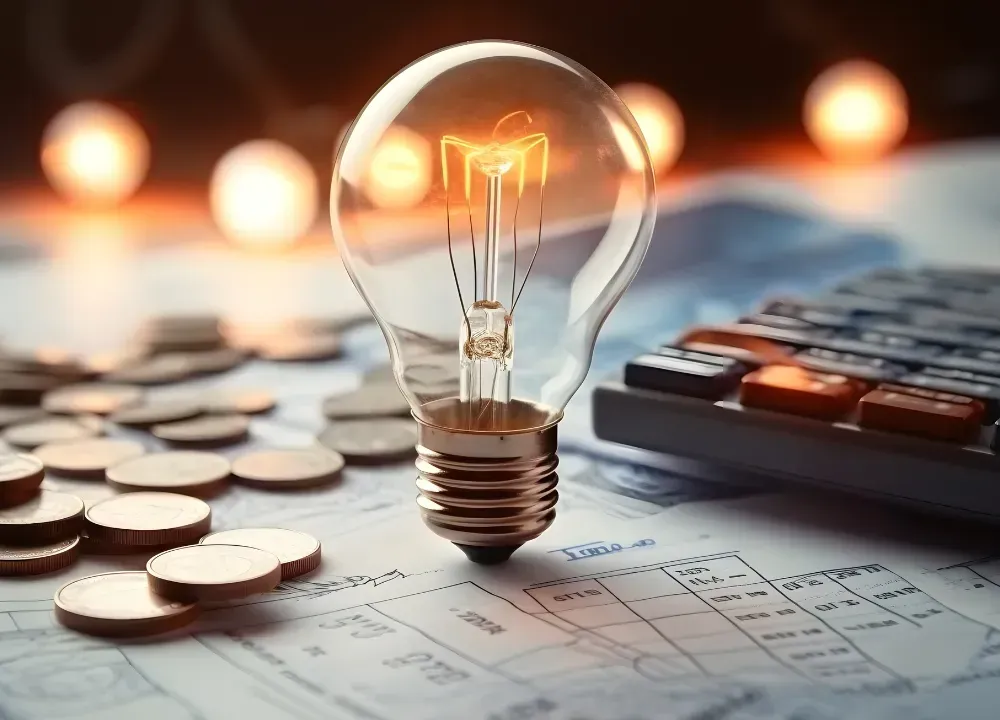Understanding Your Energy Bill: What You're Really Paying For
"A Simple Guide to Understanding the Supply Charges on Your Electricity Bill"

Let’s face it—energy bills can be confusing. Between acronyms, fluctuating charges, and line items you didn’t even know existed, it’s easy to feel overwhelmed. But here’s the good news: once you understand the basics, it all starts to make sense.
With 18 years of experience in the energy industry, we’ve helped thousands of customers decode their bills and make smarter energy choices. In this post, we’ll break down the supply portion of your energy bill. This is the part that covers the cost of generating electricity and transmitting it to your local utility, which then distributes it to your home or business.
The first part of your energy bill we will cover is the raw power charge.
1. Raw Power Charge: The Electricity Itself
This is the core cost of electricity supply—what your supplier pays to generate or purchase energy from the wholesale market. It’s like the base ingredient in a recipe.
Several factors influence this charge:
- Fuel prices (natural gas, coal, renewables)
- Weather conditions (which affect demand and generation)
- Market dynamics (supply and demand fluctuations)
- Regional generation mix (how much comes from solar, wind, etc.)
This charge, which is part of the total supply cost, includes what most of us know as the kWh charge and can vary from month to month.
2. NITS Charge: Network Integration Transmission Service
Ever wonder how electricity gets from a power plant to your community?
That’s where the NITS charge comes in.
This fee covers the cost of moving electricity across high-voltage transmission lines—think of it as a toll for the energy highway. Managed by regional transmission organizations (RTOs) like PJM Interconnection, this charge ensures:
- Reliable delivery across long distances
- Access to a diverse mix of energy sources
- Maintenance of transmission infrastructure
The transmission process ends with the supplier sending power to the utility. From there, the utility distributes the supply directly to the end users.
3. Capacity Charge: Keeping the Lights On During Peak Times
The capacity charge isn’t about how much electricity you use—it’s about making sure there’s enough electricity available when you need it most.
This charge helps fund:
- Power plants that stay on standby for emergencies
- Infrastructure upgrades to handle peak demand
- Grid reliability during extreme weather or high usage periods
It’s a forward-looking cost, often determined through capacity auctions that secure future supply commitments.
4. RPS Charge: Supporting Renewable Energy Goals
If you live in states like Maryland or Washington D.C., your energy bill includes a charge to support
Renewable Portfolio Standards (RPS). These mandates require suppliers to source a portion of electricity from clean energy like solar, wind, and biomass.
Here’s what the RPS charge supports:
- Renewable Energy Credits (RECs)
- Solar and wind farm development
- State-level sustainability goals
Depending on your location, this charge can add 1.5¢/kWh or more to your bill—but it’s an investment in a cleaner future.
Conclusion: Knowledge Is Power
Your energy bill isn’t just a list of charges—it’s a reflection of how electricity is produced, delivered, and regulated. The supply portion typically includes:
- Raw Power Cost – the electricity itself
- NITS Charge – transmission across the grid
- Capacity Charge – ensuring availability during peak times
- RPS Charge – supporting renewable energy mandates
With nearly two decades of industry experience, we’re committed to helping you understand your energy costs and make empowered choices. Got questions about your bill or want to explore greener options? We’re here to help.




